War Remnants Museum
The War Remnants Museum once known as the ‘Museum of American War Crimes’ first opened to the public in 1975.
It’s a shocking reminder of the long and brutal Vietnam War with many graphic photographs and American military equipment on display, including a helicopter with rocket launchers, a tank, a fighter plane, a single-seater attack aircraft and a 6,800kg conventional bomb.
All these weapons were used by America against the Vietnamese at some point during the infamous war that lasted from 1945-1975.
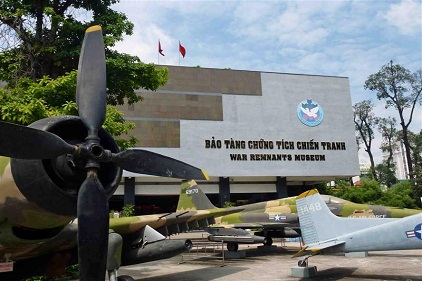
War Remnants Museum
One of the most talked-about exhibits are the ‘tiger cages’ in which the South Vietnamese government kept their political prisoners. These small cages are only 2.7m x 1.5m x 3m each and were sometimes used to keep up to 14 prisoners in. There is also a guillotine used by the French and the South Vietnamese to execute prisoners from opposing political groups. Brought to Vietnam by the French; the guillotine was last used in 1960.
Also featured are grisly photos that show the disfigured bodies of locals who had prenatal exposure to strong pesticide and chemical sprayed, best known by the name ‘Agent Orange’. Vietnamese Ministry of Foreign Affairs believed that there were 500,000 children born with birth defects while as many as 4.8 million people were exposed to it from 1961 to 1971.
The War Remnants Museum is in District 3, Ho Chi Minh City and is run by the government. It is open all year round from 07:30 to17:00. A visit to this war museum is a disturbing experience for most people and may not be suitable for children (though they are allowed to enter).
Opening Hours: Daily from 07.30 - 12.00 and 13:30 – 17:00
Location: 28 Vo Van Tan, in District 3, Ho Chi Minh City
See more
-
.jpg)
Hoi An Museum of History & Culture
Where the Thu Bon River flows directly into the East China Sea, Hoi An was once one of the major Asian trade hubs. From the 16th to 18th century merchants visited from across...
-
.jpg)
Ti Top Island
Located in the heart of Halong Bay, which is only 8 kilometers from the Southeast of Bai Chay Harbor, Ti Top Island is regarded as one of the most attractive site for both...
-

Ganh Dau - the wild beauty landscape
If Phu Quoc seems as a big fish that is waving its tail, Ganh Dau is considered as a fish’s mouth . Ganh Dau has a fresh air, smooth sand and peaceful scene and...
-

Tran Quoc Pagoda
Located on a small peninsula on the East side of West Lake, Tran Quoc Pagoda is regarded as the most ancient pagoda in Hanoi with its history line of more than 1,500 years.
-
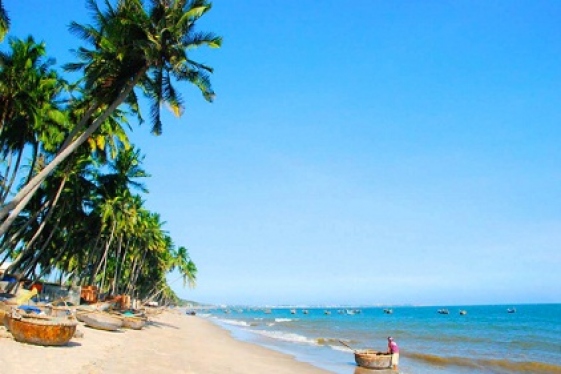
The beautiful Mui Ne beach
Mui Ne beach is one of the most famous attractions in Phan Thiet and it has a natural beauty with white sand, blue sea and green coconut tree line along the beach.
-
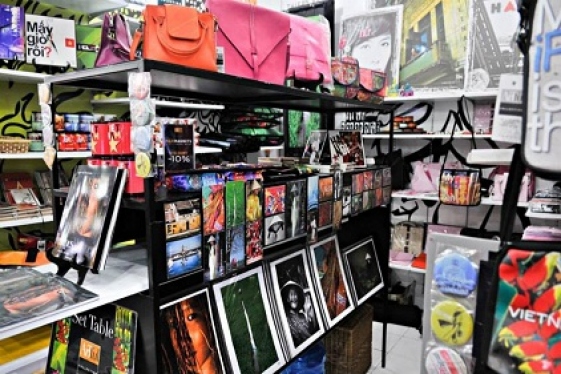
Vietnam Fine Arts Museum
Just across the street from the Temple of Literature, Vietnam Fine Arts Museum can be found spotted easily from afar.
-
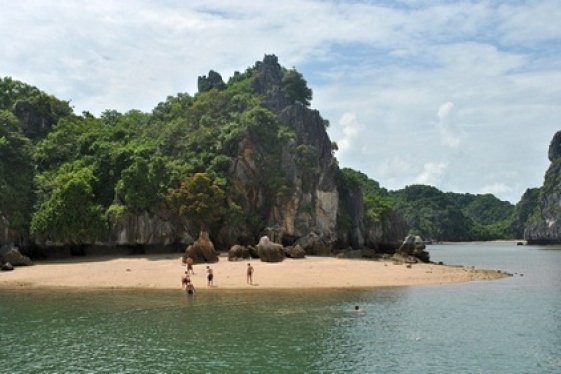
Lan Ha Bay
Located adjacent to Halong Bay, Lan Ha Bay is a peaceful bay in Cat Ba Islands system. Lan Ha Bay has about 400 large and small islands covered with green trees and...
-

Phong Nha - Ke Bang National Park
Mother land gives Quang Binh a spectacular and pristine landscape, Phong Nha – Ke Bang national park. It is the harmony of the primeval forest and Son River, along...
-
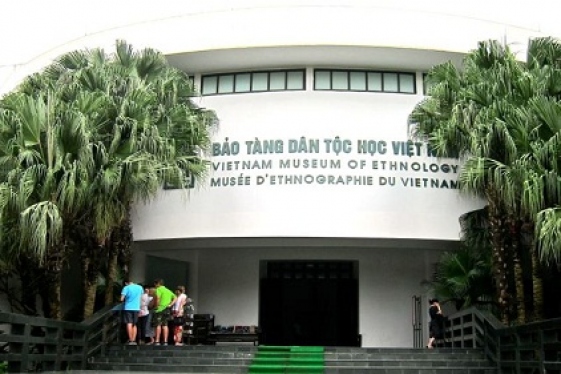
Vietnam Museum of Ethnology
This is the most recent yet probably the largest and undoubtedly the most interesting Museums in Hanoi and Vietnam.
-

Dong Khoi Street in Ho Chi Minh
Home to many French colonial buildings, Dong Khoi Street has witnessed many changes in Ho Chi Minh City. During the French occupation, it was the centre of glamour and was...
Destinations
Most popular tours
-

Signature Vietnam
Price from: 2.220 US$
-
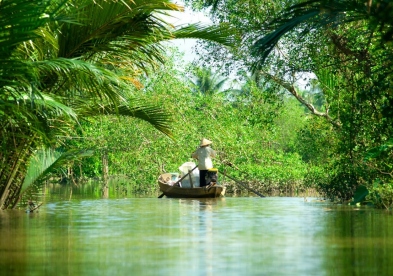
Mekong Delta Tour 2 Days
Price from: 96 US$
-

Mai Chau Adventure
Price from: 297 US$
-

Vietnam Discovery
Price from: 1.035 US$
Business info
Vietnam Local Guide
- Address: 18th Floor, VTC Online Tower, 18 Tam Trinh Str.,Hai Ba Trung Dist., Hanoi, Vietnam
- Email: info@vietnamguider.com
- Phone: (+84) 0904989890
- Hotline: (+84) 0904989890